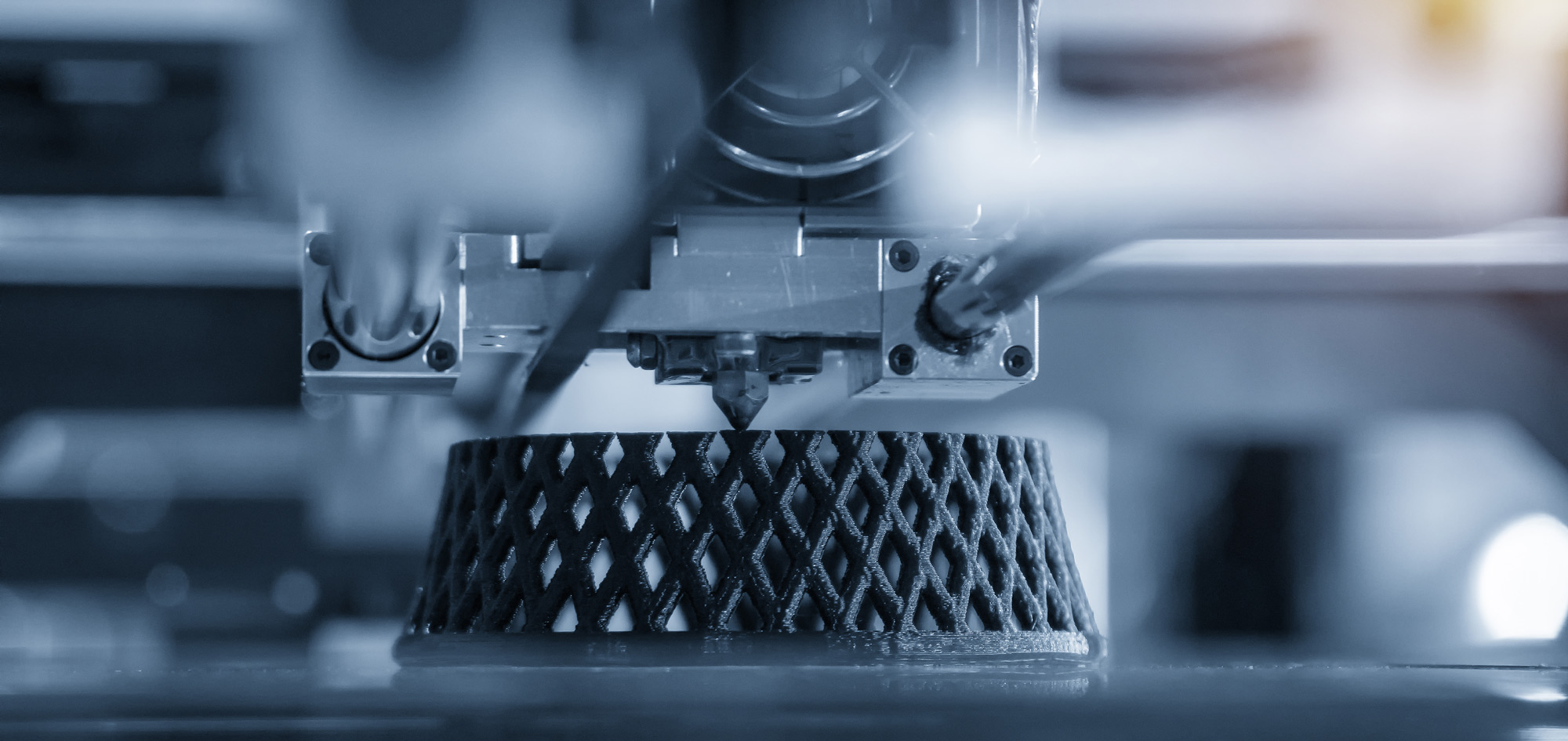Carpenter Technology sits down with Carl Dekker, President of Met-L-Flo, a service center for additive manufacturing in Sugar Grove, Illinois. Carl also serves as president of AMUG, the additive manufacturing users’ group.
PowderHeads Podcast Ep 2 - Carl Dekker Met-L-Flo
This episode covers Carl's journey as a business owner and his views on 3D printing business models.
Listen to the full podcast here, or read through the overview below:
3D Printing Business Models and Use Cases
While most people think 3D printing is a new industry, rapid manufacturing prototyping is an earlier form of this technology that's been around for decades. When Carl Dekker found himself without a job after working in stereolithography and casting tech, he started the Met-L-Flo contract manufacturing facility.
Initially, it was a supplementary service provider for OEMs that provided parts for companies like Motorola, Abbott, and Baxter, but as time went on, Met-L-Flo found a market providing full turnkey CAD to deliverable products under one roof. From there, they moved toward becoming a contract manufacturer, bringing on new tech and competencies so they could utilize ISO 9,000 standards and eventually get into additives.
The flexibility of additive is that it opens doors to make so many things without a massive factory and specific machines for each job.
As Dekker worked more with the SME to get the word out, he realized that the lack of standards needed to be addressed. ASTM agreed to pick up the charge of creating standards for this robust manufacturing process with Met-L-Flo in 2008 and formed the Committee F42 on Additive Manufacturing Technologies in 2009. Dekker and his team are now helping develop these ongoing standards and parameters for equipment manufacturers in the additive space so that companies in the aerospace and similar industries can be assured their parts will be safe and meet requirements.
Dekker is also President of the Additive Manufacturing Users Group (AMUG), an amazing group run by those who want to help make the technology successful by identifying problems and controlling them so that they don't become catastrophic issues. Every technology has its limitations, but managing limitations can ensure the reputation of the technology isn't damaged in the long term. The collaborative nature of the AMUG ensures best practices (minus any proprietary information) are shared for the success of the whole group and industry.
3D printing was put in the spotlight during COVID, as people came together to quickly implement solutions for first responders, such as police, fire crews, and healthcare workers. There was unity in the 3D printing world.
One of the education pieces Dekker has emphasized is that 3D printing with an additive isn't like pushing the button on a regular printer. When people who admire 3D printing have additive requests that don't make sense, such as for a part initially designed for conventional manufacturing, a cost study will show additive failing almost every time in these cases. But those who do a top biology optimization, part count consolidation, structural and loan distribution analysis may find it works, especially for a geometry that couldn't be made with another manufacturing process.
Another important point is that just because you can print something, should you? Dekker is part of an assembly of national academics to create a report for Congress on 3D printing to address things like liability when someone prints an item. An example would be a bicycle helmet printed at home. If an injury occurs, who is at fault? Is it the consumer who printed it, the materials, or the designer? Liability concerns could keep people from embracing the technology, and so these legal standards are being addressed.
By having so many experts from different areas working together and sharing collective knowledge, solutions happen, and technology is advanced.
For more information, you can listen to our podcast episode here! You can also get in touch with the Carpenter Additive experts with any questions below!

